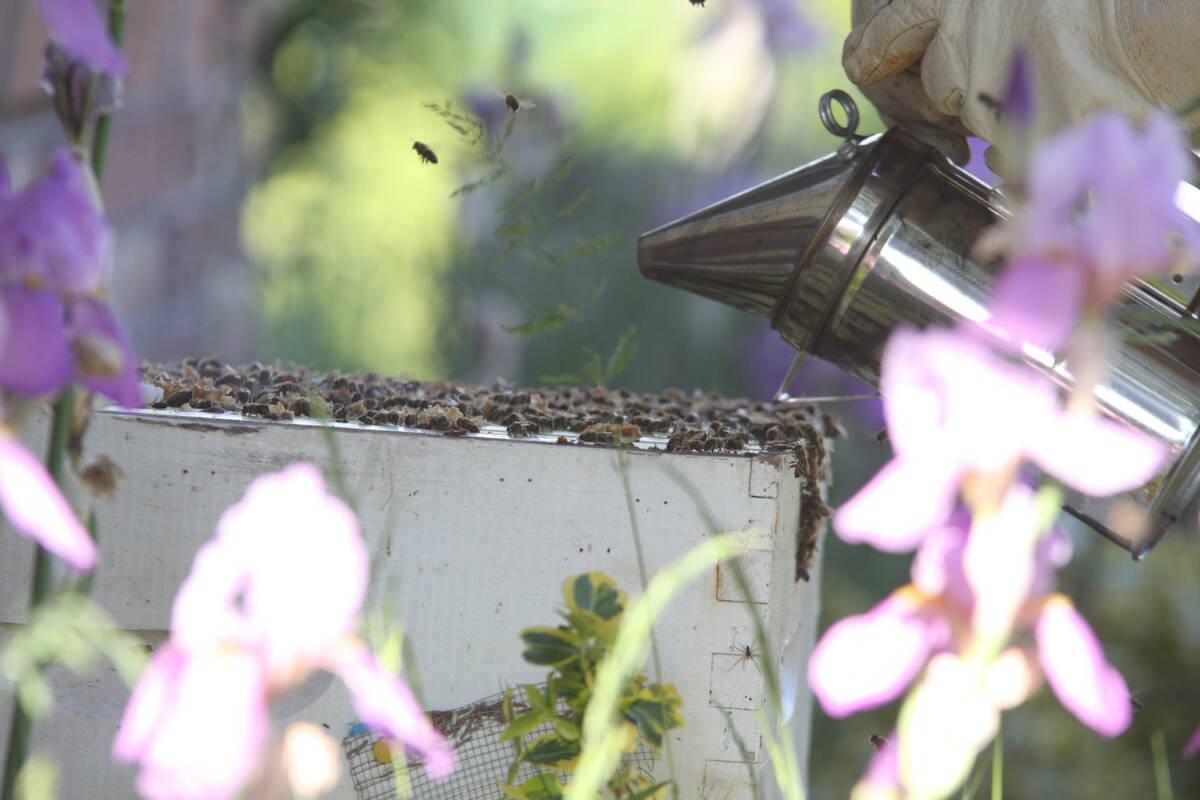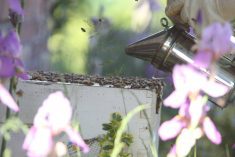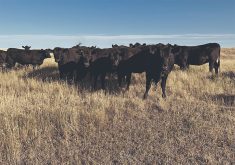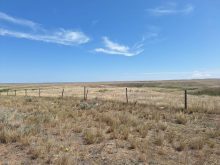Extremely dry conditions in parts of Alberta that are causing deepening challenges for beef and crop producers have prompted the provincial government to take the first step toward potentially activating the AgriRecovery disaster relief framework.
Alberta officials recently sent a letter to the federal government requesting an AgriRecovery assessment, said provincial agriculture and irrigation minister RJ Sigurdson.
“We want to make sure that, of course, we explore every option to be able to provide the most relief possible to our producers here in the province.”
Read Also

Manitoba beekeepers battle for survival
Honeybee colony losses have hit 43 per cent, making 2025 the latest in a string of poor bee survival years for Manitoba’s honey producers
Due to the number of times AgriRecovery has been implemented in the past few years, federal assessors are unfortunately “getting really good at this,” said Francis Drouin, parliamentary secretary to federal agriculture minister Marie-Claude Bibeau. “And I think we understand that there has to be a fast response…. I know when people are struggling, it’s never fast enough.”
Sigurdson spoke July 10 at the second-annual Alberta Beef Industry Stampede Summit in Calgary. The event was attended by about 250 people, including federal and provincial politicians.
Several Alberta counties including Cypress, Foothills, Paintearth, Stettler and Vulcan have separately declared states of agricultural disaster starting in June following unusually early hot weather and dry conditions that began this spring.
The province, which contains about 70 percent of Canada’s national cattle herd, is heading into months that normally offer little precipitation. Although the dry conditions are also affecting crop production, an ongoing lack of feed, coupled with damage to forage crops, are causing increasing concern among Alberta’s beef producers.
It is difficult to calculate the situation facing the province’s cattle industry, said Brodie Haugan, chair of Alberta Beef Producers. “Truly, what’s happening on the land is so diverse. I mean, you can just drive 30 to 40 miles and it completely changes yet again,” he told reporters at the summit.
Although the areas affected by dry conditions are smaller than in recent years, some producers are facing their fourth year of severe drought, forcing them to take drastic actions that include downsizing their herds, he said.
It has so far been a year where unusually early and widespread wildfires caused by drought and heat have been followed by rain and flooding in some areas, said Haugan. He described the situation faced by beef producers as an evolving conversation.
The industry must work with policymakers so they properly address the variety of situations facing beef producers, said Nathan Phinney, president of the Canadian Cattle Association.
There have even been discussions about whether producers should self-declare their own individual disasters to help drive home the point that one operation can face drought while a neighbour receives rain, he said.
“There are different things that we’re continuing to talk to… because we need to learn to deal with this. This problem hasn’t gone away, and it’s compounded by year after year after year of these conditions.”
Sigurdson said the province will await the outcome of the AgriRecovery assessment and then look to see what producers have available.
Although it’s been a tough go for ranchers because of problems such as drought during the last five years, they have been “resilient and I want to commend them today for doing their work,” said Drouin during an interview July 12 at the Calgary Stampede. “And from our perspective, we will be working with the province to ensure that we can get as fast a response time as possible.”
Provincial officials are also continuing to build out Agriculture Financial Service Corp. risk management programs for producers, said Sigurdson.
“We always encourage farmers to continue to look into those programs so they have them available in these tough years where they’re not seeing the moisture that they need, and as well, just having those conversations to make sure we’re doing everything that we can as a provincial government to assist them.”
Haugan said operations with the ability to use crop or moisture deficiency insurance should lean heavily on the AFSC. He advised producers to make sure they understand the details of the programs to ensure they’re using them as best they can.
That includes making written-off crops available for feed as fast as possible.
















